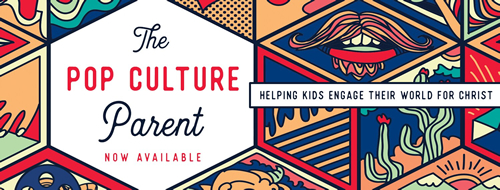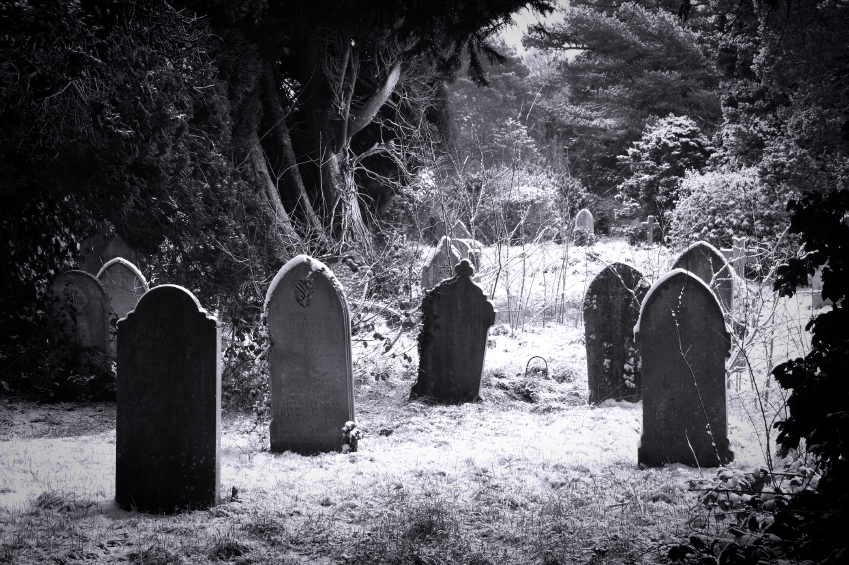Do You Even Goth, Bro?
The word “Gothic” for many bibliophiles conjures up the likes of Edgar Allan Poe, Jane Austen, and Bram Stoker. Open books by these authors and you’ll find decadent, mist-shrouded mansions, gloomy weather, morose, self-indulgent characters, and probably a ghost or two. Gothic, as understood in American and English literature, is heavy on atmosphere, delves deep into the darker recesses of the human psyche, and pays particular attention to death and its various manifestations.

What does it mean for a book to be Gothic in the 21st century, in this age of tablets, energy-efficient buildings, and miracle diet pills? It seems that as our society has moved further away from the romantic ideal of a brooding Victorian mansion standing sentry in a fearsome thunderstorm, bookshelves have become choked with stories about vampires, werewolves, especially in the “urban fantasy” genre. These books are usually quite dark, violent, and often contain dungeons or crypts hidden beneath modern monolithic skyscrapers, giving a nod to the roots of Gothic storytelling. But is that enough to make a book truly Gothic?
Like all artistic and stylistic debates, there’s no clear answer that will suit everyone’s tastes. In my humble and modestly educated opinion, I would contend that Gothic is more of an attitude than an appearance. You can’t simply inject a graveyard or crumbling cathedral into a novel and declare it to be  Gothic. The idea of Gothic isn’t paint-by-numbers or a recipe for the macabre. “Gothic” is a feeling, a vibe. A sense of gloom, of menace, of dread must hover over the proceedings, infusing every scene with a heaviness that is not explicitly mentioned in the story but is undeniable nevertheless.
Gothic. The idea of Gothic isn’t paint-by-numbers or a recipe for the macabre. “Gothic” is a feeling, a vibe. A sense of gloom, of menace, of dread must hover over the proceedings, infusing every scene with a heaviness that is not explicitly mentioned in the story but is undeniable nevertheless.
Philippians 4:8 instructs us to dwell upon what is right and true and noble. So can there be anything “noble” about immersing oneself in these dreary worlds of the imagination? I have to confess that I am drawn towards the darker side of things: music, clothes, movies, art, etc. I don’t particularly care for the gruesome or horrific, but I am fascinated by things that are creepy and foreboding. This is a struggle that I have wrestled with for a very long time, and I have to often remind myself to stay in the light. There is nothing wrong with savoring the ominous atmosphere of a graveyard or admiring the morbid beauty of a skull, but such things should not consume our thoughts. 2 Timothy 1:7 tells us that God has not given us a spirit of fear but one of power, love, and self-control.
“Classic” Gothic stories, chiefly those from the late 19th century, do not depict a Gothic state of mind as something to be nurtured or enjoyed. Nor is it a fashion statement or mode of artistic expression. It is a smothering shadow that prevents the oppressed from enjoying the beauty and brightness of life. It is something to be fought against and cast off, though in these stories, the unfortunate protagonist is often unable to do so, and the gloom consumes them. Bram Stoker’s Dracula, the paragon of Gothic literature in my opinion, does not depict the darkness as “cool” or “fun.” The ominous atmosphere that permeates graveyards and cathedrals are merely tricks of light and shadow; the real darkness lies in our souls, and it should be resisted with the light of God’s grace.
Of course, it’s perfectly fine to enjoy a stroll through a cemetery at dusk. I find them to be quite peaceful.







































I am also drawn to the darker side of fiction and have to remind myself as well that there must be light to counter the darkness. But I think the tendency arises from an acute sense of the spiritual war that embattles our lives on earth.
I believe there is real merit in showing the darkness to be just as hideous as it is and in not pretending that it doesn’t not exist. It SHOULD be hideous, it DOES exist, I can’t get into books that are so family friendly that they don’t have the sharpness and weight of reality. That Hideous Strength (not necessarily Gothic, but with some Gothic elements) scared the bejabbers out of me at one point, but it was a fear that reminded me of God’s opposition to and overcoming of the great darkness we call upon ourselves when we dabble in sin.
I personally appreciate the classic Gothic atmosphere. Poe’s works run with spiritual undertones and, if you read Nathanial Hawthorne (especially his short stories) there’s a great spiritual and Gothic aura there as well. We can learn a lot by acknowledging the darkness for what it is, then turning toward the light that vanquishes it.
Hawthorne was my jam back in college. He was a lot more connected with nature than many of his contemporaries and it shows in his works. The spiritual vibes I get from his stories are related to paganism as well as Christianity, and that makes him more interesting to read in my opinion. When I want a quick Gothic fix, though, Poe is my dealer.
From what you’re saying about the nature and paganism themes, it sounds like Hawthorne (who I haven’t read) shares some similarities with Arthur Machen (who I have).
Just want to mention that Jane Austen’s writing is far from Gothic. Northanger Abbey was written to gently mock the gothic novels of her day. I wonder if you’re thinking of the Bronte sisters? Wuthering Heights, etc have that brooding atmosphere.
Northanger Abbey was what I was thinking about when I mentioned Austen, and while it is a parody, the whole Gothic menagerie can be a parody at times. You are right that the Bronte sisters would be a better representation of Gothic literature in its serious forms.
Thanks for the reply! I never thought of it like that. Makes sense!
I really like your post. I read Dracula when I was 12 and its power clings to me still. In a horror tale, any horror tale, whether classically “Gothic” or not, mood and atmosphere rule. Give me The Haunting of Hill House over most of the hit the ground running plot-driven stories written today, period . Torture porn violence and the glorification of evil, so prevalent now are not “Gothic,” they are sin. You are exactly right, the atmosphere of brooding, foreboding, gloom, menace and dread trumps literary “jump scares.” Bravo.
One other thought; you rightly quote Paul’s admonition in Philippians. But he also said whatever things are “true.” Like Yaasha Moriah comments, darkness is as “true” in that respect as light. Both belong together to get a completely biblical portrait.
Thank you for escorting us through the cemetery…
I like what you’re saying about darkness being “true” and therefore as necessary as light in order to convey a biblical perspective.
On that note, “Melmoth the Wanderer,” one of the darkest pieces of gothic fiction I’ve ever come across, was actually written to illustrate a theological point (which the author, a clergyman, had previously made in one of his sermons).
So, one of the most infamous works in the genre seems to prove your and Yaasha Moriah’s points right.